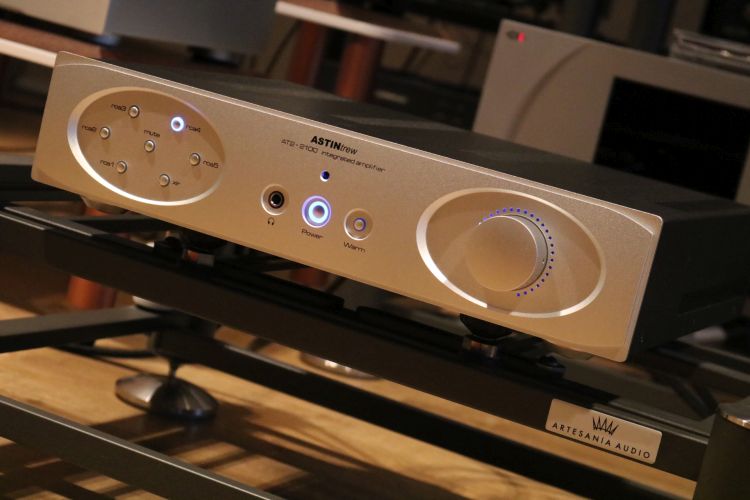
Review sample supplied by Hexagon Audio
Retail Price in the Netherlands: 2100 euro (incl. VAT)
Astin Trew has been around since 2003 but it wasn’t until recently when their products changed in appearance that I really took notice. What can I say, I like my audio equipment to look nice, in addition to sounding nice. For some, the new playful AT2 look may take some getting used but I think it is refreshing and appealing as well as more professional than the previous style.
The components that first caught my attention were the 1100 and 5100 pre- and power amp combo that are nice in silver, really look the business in black and are especially fetching in red. Then, I noticed the AT2-3600 CD player that I think also looks particularly snazzy. At this time, these components are not yet released but the AT2-2100 integrated amplifier is available and the subject of this review.
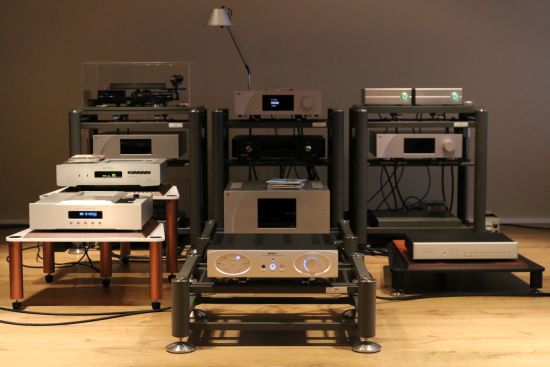
In the main system, the Astin Trew AT2-2100 amplifier was placed on an Artesania Aire platform with Carbon Linear Arms and connected to the speakers via Jorma Trinity speaker cables. In the company of the Jay’s Audio CDT-II MkII and Aqua La Diva CD transports taking turns feeding the CH Precision C1 DAC which is connected to the amp via a CH Precision Balanced Link, I thought I’d start off with the Astin Trew amplifier under the best possible circumstances right away.
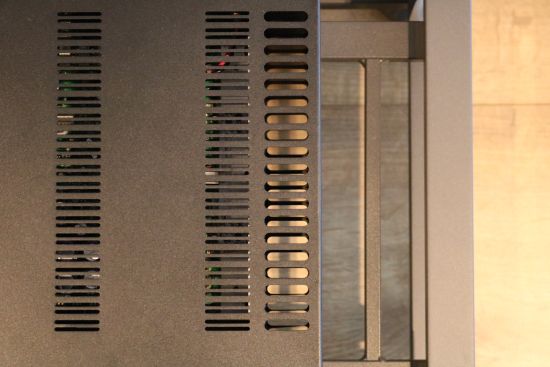
The cooling fins are placed precisely so that they are not visible between the vent holes
The initial impressions, when paired with either the Martin Logan ESL15A’s or Magico S1 MkII’s, are of a neutral and lively sound with great dynamics and plenty of power. Not only does the amp drive the Logans with all the stability that one can wish for, but it drives the much more power-hungry Magico’s also very well. There are no dips anywhere in the bass response and even when playing very loudly, the amplifier retains excellent control of the S1’s bass drivers. Tonally, the amp is neutral and acoustically convincing. It has an unrestrained and exciting sound, far removed from the opposite that would be overly-polished and synthetic. The pacing is spot-on with a distinct toe-tapping quality. It is an engaging sound that does not draw attention to the amp itself by being too smooth or slow or by being edgy or bright and it is certainly not clinically clean.
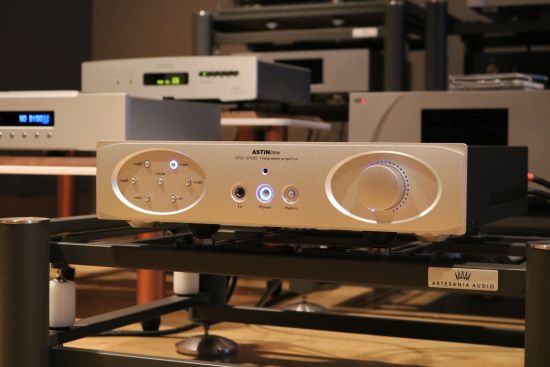
In a direct comparison to the Bryston 4B Cubed, the AT2-2100 comes across as tighter and more direct. It’s a more expressive and energetic sound, especially through the mid-bass and lower midrange, where many Brystons and especially the 4B have a distinct smoothness. Some people regard the 4B as strictly neutral and while I would disagree (what with my Goldmund and CH Precision experience), for these people, the Astin Trew may sound a little forward. But, as I already indicated, I personally feel that the amp is indeed lively and energetic but absolutely not edgy or hard. If it was actually edgy even in the slightest, then this would have been very obvious with the Magico’s.
While the Astin Trew’s treble is not edgy or hard, the Bryston’s treble is smoother and more refined. By this, I mean that treble sounds can become staccato/dry or square-ish with the Astin Trew while with the Bryston it’s more continuous and fluid. Now, one could argue that the Bryston smooths things out too much but a cross-comparison with the CH Precision A1.5 confirms that the Astin Trew’s treble is indeed a little less well-resolved than it should be. On the upside, its treble is very expressive and energetic, in line with the amp’s overall character. And that makes for an engaging performance.
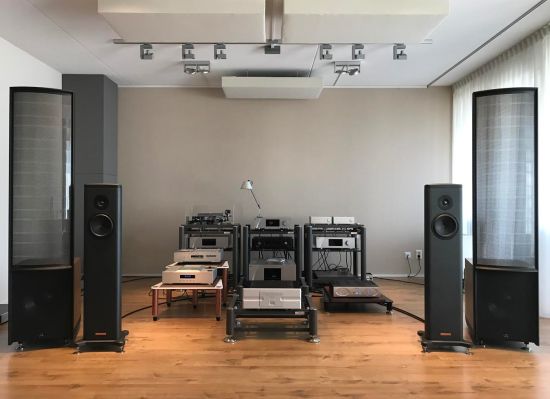
The Astin Trew has better focus than the Bryston which is evident from vocals being more clearly depicted center stage. While the Bryston remains King of Bass, especially if you like your bass to be big and powerful, the Astin Trew is more slender down low but it’s still forceful and incisive and just very nicely balanced, with enough weight to not become thin. Although fast, open and expressive, the amp also craftily prevents sounding anemic by having enough weight and tonal color. In hindsight, I would say the amp’s overall balance is more or less in the same camp as the Anthem STR which I also regard as a neutral yet lively and expressive amp. I’d have to have them side by side in order to say more about it than that but what’s encouraging is that the Astin Trew costs only about half the STR and even includes a preamp. That alone makes it an interesting proposition.
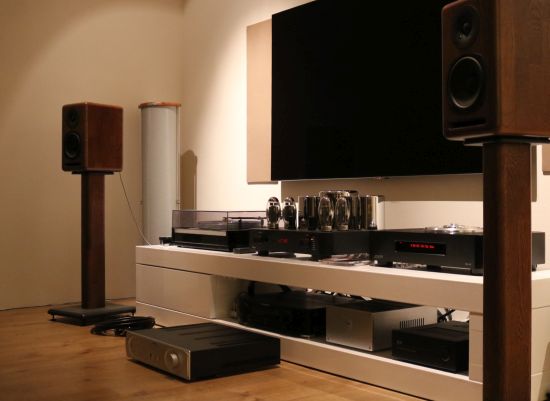
In the other system, normally comprised of an Ayon CD-10 MkII tube CD player/DAC and an Ayon Spirit III integrated tube amplifier feeding the Xavian Perla Esclusiva speakers via FoilFlex speaker cables, the Astin Trew amp feels right at home.
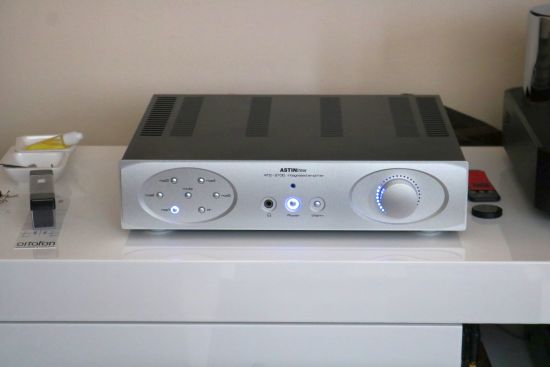
While very different in character than the Spirit III (it’s transistors versus tubes, after all), the Astin Trew sounds positive, open and lively and with a well-proportioned, very well-articulated bass. As in the other system, I can hear that the amp is not extremely highly resolving but, in all fairness, neither is the Ayon. And since this system emphasizes tonality and emotional involvement over audiophile precision, that is less of a decisive factor anyway. As one might expect, the Ayon has the kind of bold harmonic richness and deep midrange that tubes seem to have a patent on and this gives the amp a darker, more voluptuous character that contrasts with pretty much any transistor amp, and the Astin Trew is no exception. However, the Astin Trew has another card up its sleeve which is its super-engaging and toe-tapping rhythmic ability. Indeed, PRaT is one of this amp’s definite pluses, as are its vivid dynamics and in both of these fields, it has the edge over the Ayon.

The amp also worked very well with the rich and full-sounding Kroma Audio Carmens, combining into an upbeat and lively performance
Like the Bryston and the Anthem, the Astin Trew works very well across the board and at an absolutely reasonable 2100 euros, it offers a tremendous value. The amp is so very well-balanced that it seems like nitpicking to mention its shortcomings. But here goes anyway. What it comes down to is that there are amps with more refinement and nuance and this is mostly what differentiates the aforementioned amps as well as the Astin Trew from the CH Precision A1.5 which is my transistor amp reference. But, of course, the CH exists in an entirely different realm price-wise and I’m mentioning it only to help illustrate my point. A more fitting example would be the Lejonklou Sagatun + Tundra combo which is almost as highly-resolving as the CH but, at 6600 euro, priced a lot more friendly. But then, none of the Lejonklou’s that I heard have the kind of solid sonority and vivid dynamics that the Astin Trew possesses. Refinement, it seems, often comes at the expense of some expressiveness. To some extent, this is true even in the highest echelons of audio equipment. But especially at the affordable end of the spectrum, it is a matter of identifying the compromises that one is willing to make, finding the matching audio component and enjoying the remaining many positive aspects.
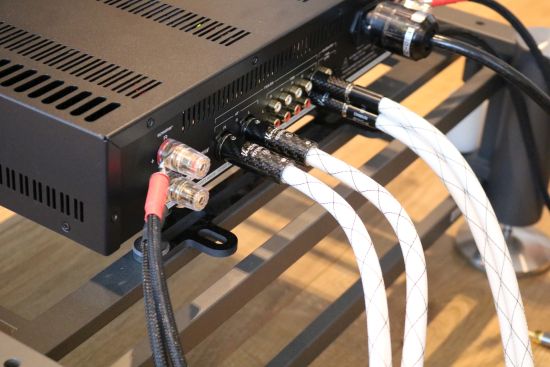
Vermouth Audio Reference cinch and XLR Cables
Cables
Changing the very neutral and precise CH Precision cables for the more full-bodied Vermouth Reference XLR cables adds a nice balancing touch, enhancing the sound of the amp by adding a nice richness in the midrange without affecting the pacing and dynamics. In comparing the cinch and XLR inputs, both using Vermouth cables, there is little difference between the two and both work just as synergistically. At 760 euros for the cinch version and 1358 euros for the XLR’s, the Vermouth cables are actually not priced super-extravagantly but in the context of the Astin Trew, they might be disproportionate.
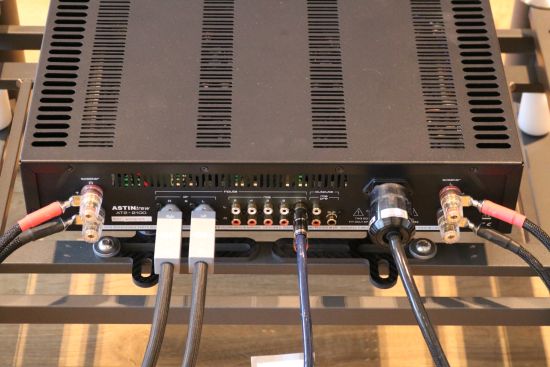
CH Precision Balanced Link XLR and Siltech Paris cinch
That’s why I also tried AudioQuest Water, Siltech Paris and FoilFlex. The AudioQuest Water does a similar job as the Vermouth in the midrange but its drier and darker balance is not ideal for this amp. Surprisingly, the open and neutral Siltech made a particularly good match as it maximized the amp’s strong points in a similar manner (but to a lesser extent) as the CH Precision Balanced Link but at a “peanuts” price point. And, unlike the AudioQuest, the Siltech retains the fluidity to perfectly accompany the Astin Trew’s character. Of course, the Siltechs can only be found second-hand. The FoilFlex cables, finally, did a particularly good job of maximizing the amp’s resolution, transparency and openness while retaining the dynamics and pacing. These cables are extremely revealing and actually come quite close to the CH Precision Balanced Link in terms of audiophile qualities. At around 400 euros, the cinch versions are priced very sympathetically and if interested, do read the review.
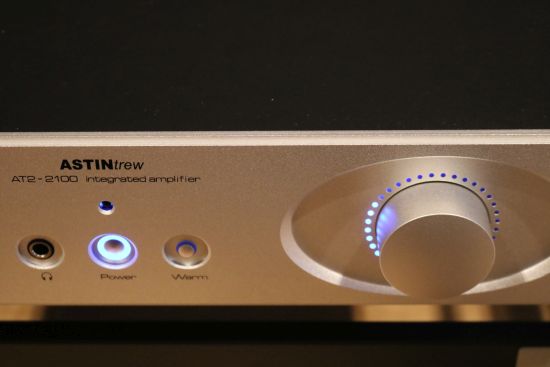
Warm-button
This is something that I have often fantasized about but never found on an actual amplifier: a button to switch between a “smooth” and an “accurate” sound. I mean, that’s ideal, isn’t it? When not activated, the amp is in the neutral mode and sounds as described so far. But when you’re in a more romantic mood and long for a smoother sound, the “warm” setting instantly makes for a pleasantly enriched delivery with a warmer and richer midrange and a slightly darker, more restrained and more cultured treble. And I’d even swear that the soundstage becomes deeper in this mode although that may very well be a psycho-acoustic effect.
Conclusion
The Astin Trew AT2-2100 has refreshing new cosmetics, is built solidly, and operates like a charm. Neutral and even-handed and only trailing behind the very best (and more expensive) amps in terms of nuance and refinement, the Astin Trew has an engagingly upbeat, dynamic, and expressive delivery with more than enough power and control to drive even very demanding speakers.
External Links
Distributor for the Benelux: Hexagon Audio
Manufacturer’s website: Astin Trew
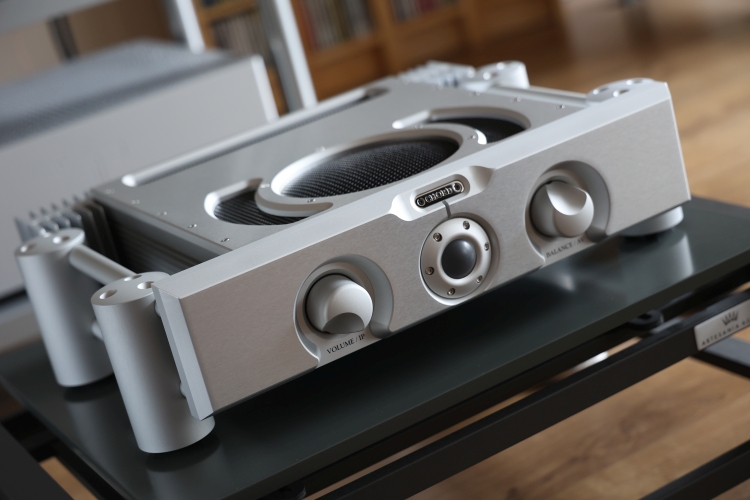
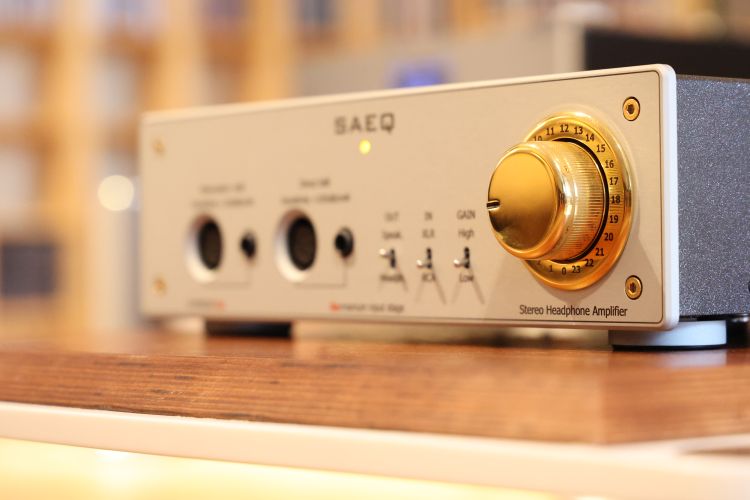
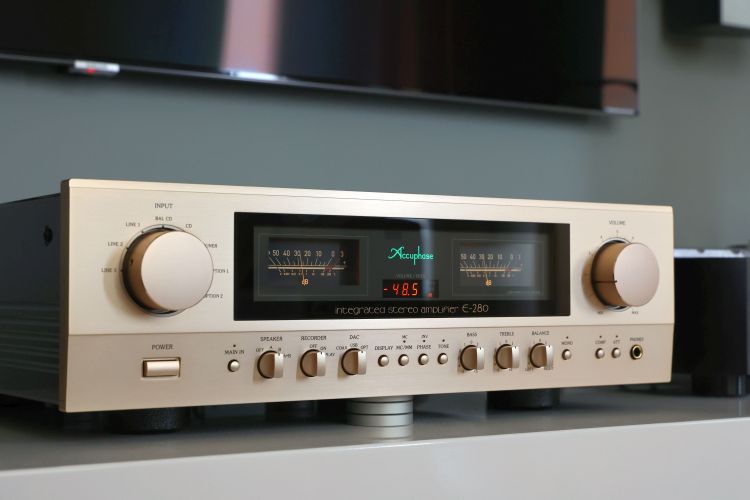
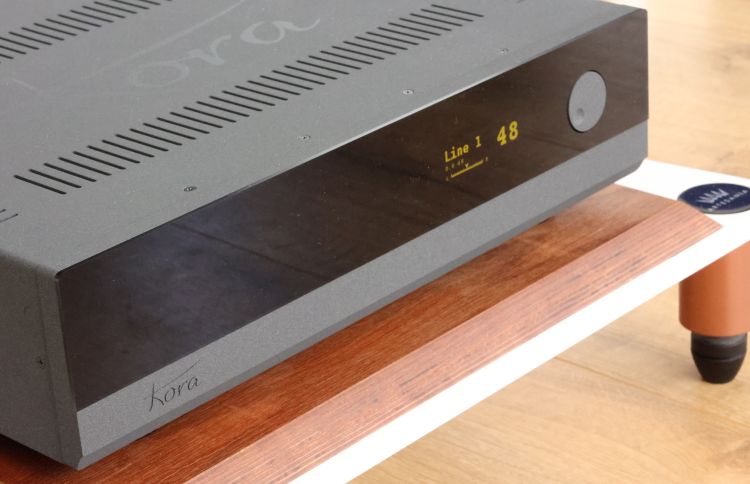
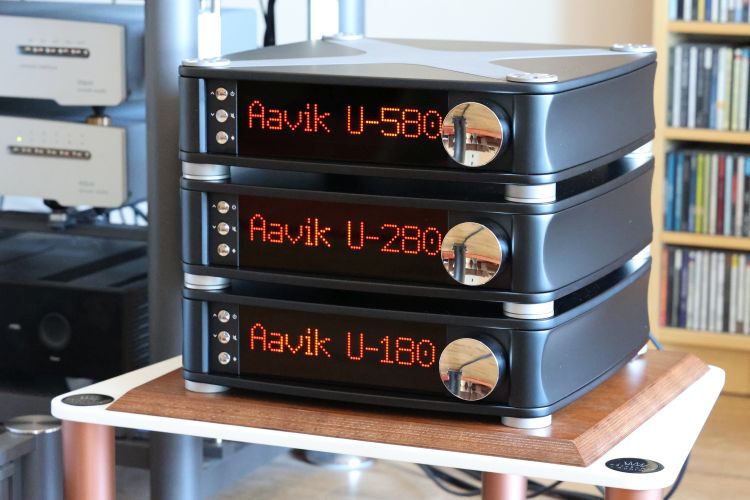
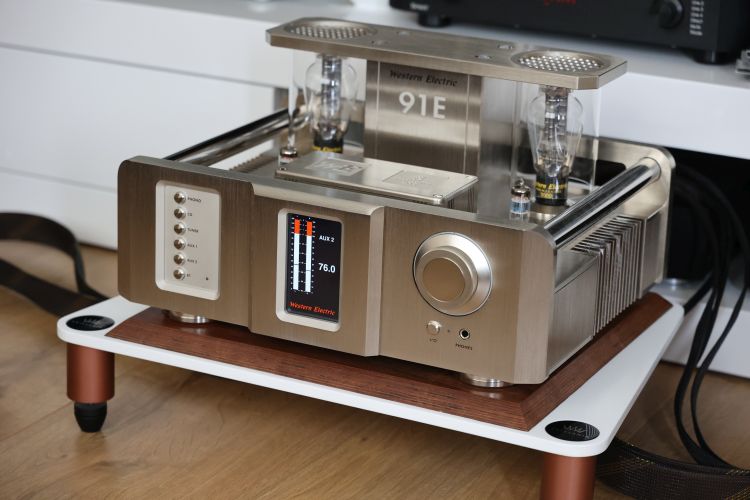
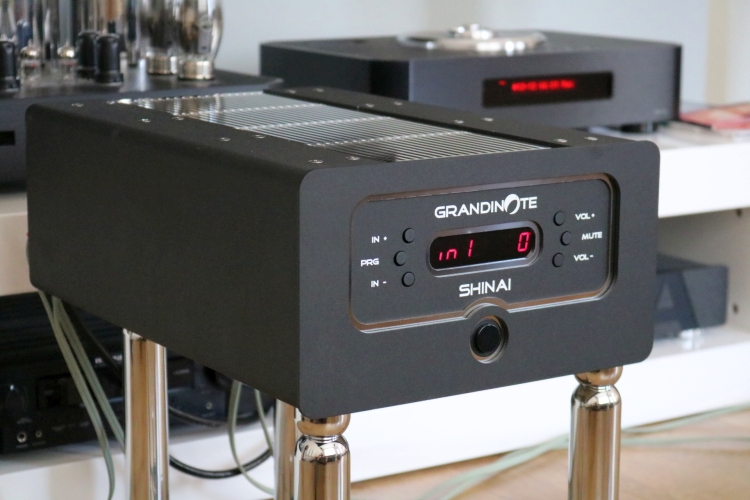
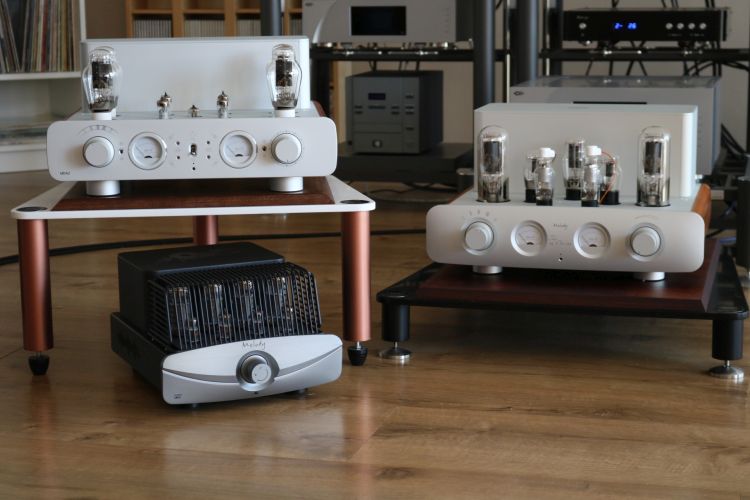
Christian another fun well written review thank you! Your writing, and music, are a very pleasant distraction in these suddenly dark and confusing days. Keep the reviews coming and please be well.
Cheers,
Jon
I’ve been the astin trew since a little over a year. Your review gives a good picture of the musical qualities of the amp. I compared it to the lavardin ISx Reference with as speaker spendor d9.
The Lavardin gives more detail and is tighter in the bass but not more, With the Lavardin the highs are more pronounced, less forgiving with less qualitative recordings. The PRaT is better with the Astin Trew. The mids are more musical and emotional with the AT. Given the price a smooth musical performer and thank goodness without digital inside(DAC’s and streamers must outside an amp) but with a good headphone amp.